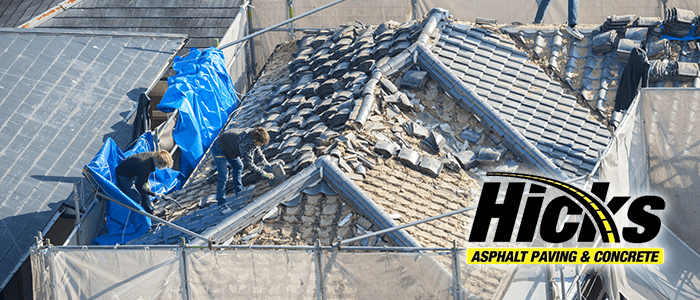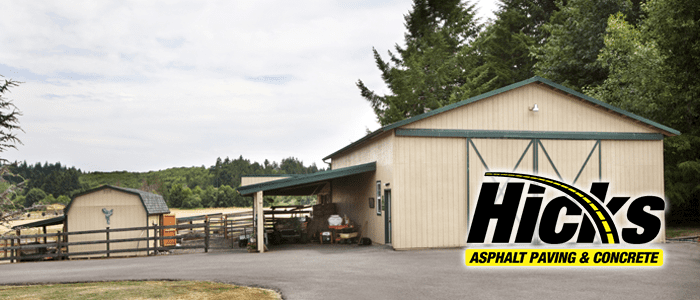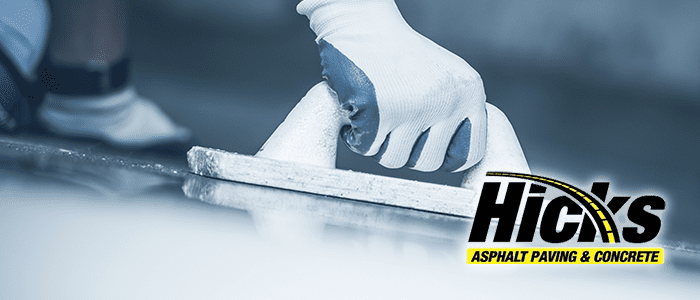Concrete roofs are roofs that builders reinforce with concrete to help storm-proof them. Wood-framed roofs fall into the same category as wood-framed walls – they simply get destroyed first when a major storm hits. Whether it is a tornado, a hurricane, or a wind storm, wood-framed houses and roofs just can stand up to the power of these atrocities. Read on to learn about how concrete roofs help protect your home from storms.
Concrete Roofs Basics
When you decide to build a concrete roof, you should know that the concrete used for roofs is different. There are two concerns that go into making a slab for a concrete roof. One concern is that the compressive strength must be approved by the structural engineer. The second concern is making sure the concrete is impermeable by rainwater. There is a certain mixture that needs to be made when doing this. This mixture is used for water tanks, ships, pipes, and much more.
To install a concrete roof, a crew must come in and build the framework for the intended roof. This framework can either be removable concrete molds or insulating stay in place concrete forms. Then the concrete is poured into these molds and reinforced with steel rods. Theses serve as a kind of skeleton for the cured concrete. While pouring a flat roof is the easiest, a slanted roof is a very possible option also.
How to Apply Roofing Cement
Roofing cement repairs should always be done in dry weather and preferable low winds, but professionals will be able to handle a range of weather possibilities.
The first thing that needs to be done is the application area needs to be cleaned off. Make sure there is no dust, debris, or dirt because that could reduce the durability and the adhesion of the cement slab. The cement should be put on quite generously. A trowel or putty knife should be used to get the cement into small holes and to smooth out the cement evenly on the flat surface. For wet application, you should use at least an eight-inch-thick layer to start. Many more layers will be added once the first layer dries. Roof blisters might form and those need to be broken open and filled. Make sure the cement is dry inside first.
Reinforced Roofs
The strength of a tornado is something that has been studied for years that can’t be controlled by humans. Because of that fact, when you choose a concrete roof it needs to be certified water proof and needs to be on the side of higher strength. It is also necessary that it is leak proof. The extra cost of the concrete roof is compensated by the lack of necessity to replace roofing tiles. Conventional roofing materials can be torn off by strong winds and rain.
When the roof is constructed, an additional price reducing feature is eliminating the attic spaces and their framing. Conventional duct work can be left out by replacing it with a heat pump mini-split HVAC system. Air leakage from conventional duct work can consist of up to 40% of wasted residential energy. Energy savings and reduced insurance costs can more than pay for an insulated concrete roof deck.
A concrete roof also cuts down on the risks of fire, termites, fungi, and water damage. Floodwaters could destroy and float a wood-frame house. A concrete house will stand solid while all the wood houses crash around them. I many areas, concrete roof construction can eliminate the necessity for some building codes and can cut down on insurance premiums.
In Conclusion
Cement roofs are something that could protect you from strong storms and winds. A solid concrete structure moves less under stress and can stand up to category 5 winds which can get up to 155 miles per hour. These roofs are an improvement that shouldn’t be passed up. It is quite useful and that is proved just by how long they last and how little they need repairs.





